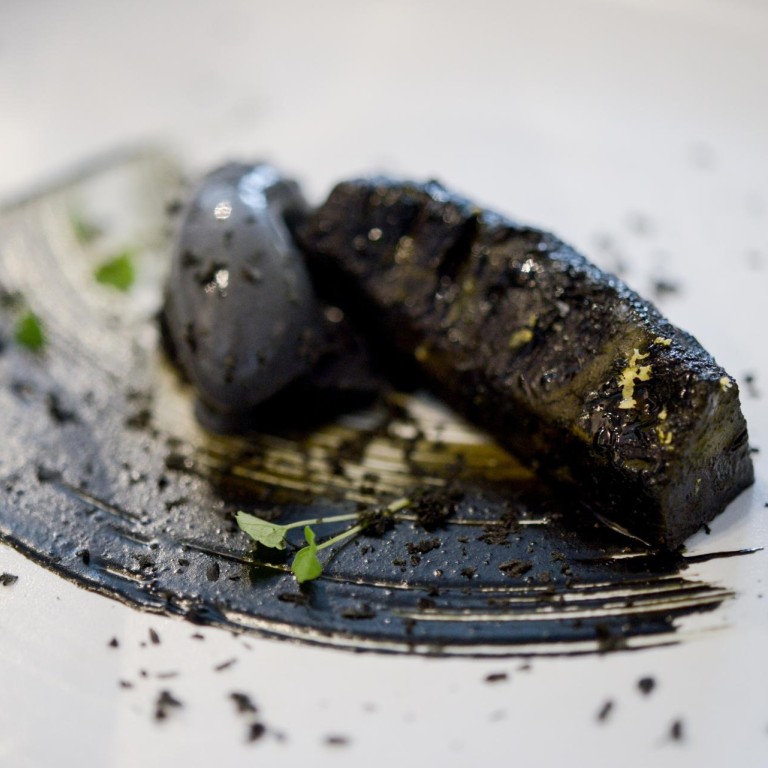Chefs and bartenders are adding activated charcoal to recipes - and foodies are loving it

Chefs and mixologists experiment with the dark side of food and beverage by using charcoal as a key ingredient
It could be a cocktail found in any refined bar with its elegant crystal tumbler, heap of misty ice, twist of orange and cherry garnish. Except that it's jet black, the liquid inside like molten licorice. The drink looks inviting yet repellent - a challenge. The taste holds smoky notes softened by a flowery sweetness, a hint of spice and something dry, clean and textured. The cocktail, served in London's Bull in a China Shop, is the classic Old Fashioned with a very dark twist - made of Japanese whisky, home-made chamomile syrup and Angostura bitters, its colour and texture comes from the addition of powdered charcoal.
It's not the first time those in the culinary world have experimented with things burned. Ferran Adrià of El Bulli played with charcoal oil, while Andoni Luis Aduriz of Mugaritz, also in Spain, cooked grilled toast of bone marrow with herbs and horseradish ash. René Redzepi of Copenhagen's Noma served up leek ash, Simon Rogan of Britain's L'Enclume blitzed whole burned onions, and Yoshihiro Narisawa of Creations de Narisawa in Tokyo coated beef in "sumi", a Japanese charcoal made from charred vegetables.

In Hong Kong, too, Michelin-starred restaurants have used charcoal, including at Shang Palace, which has offered bamboo charcoal noodles prepared with a variety of dishes.
Charred ingredients have also made it to the apothecary stocks of trend-setting bartenders around the world. Alex Kratena at London's Artesian bar added vegetable ash to his existentially fraught Dream Within A Dream cocktail, while The Carbon Bar in Toronto serves the lethal-sounding Black Mamba Margarita with charcoal-infused Avion tequila, St Germain elderflower liqueur, Bowmore single-malt Scotch, lime and a sea salt rim.
So what's driving this obsession with the darker side of culinary experimentation?

Certainly there's the drama of the colour and the textural effect.
"Activated charcoal doesn't have much taste, but it gives a gorgeous black colour. It also adds texture, with a mouth-feel that's somewhere between grainy and powdery," says Simon Chan, part-owner of Bull in a China Shop.
"The fact that it has no flavour is exactly why we used it for our Charcoal Old Fashioned - we found that many twists on the classic recipe don't end up tasting like an Old Fashioned. But with ours, the charcoal makes the cocktail look radically different, but it tastes authentic."
